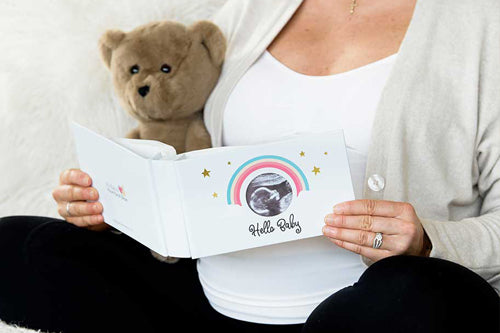Eye Ointment at Birth: A Dated Tradition

It's not news that we practice a lot of unnecessary things in the birth world. It's also not news that we practice things that flat out don't work.
It seems though that tradition outweighs science until enough of the medical community stand together to make their voices heard.
It has been common practice for well over 100 years to place an antibiotic ointment in the eyes of the newborn to prevent diseases that may cause blindness as the child grows. The most common diseases are gonorrhea, chlamydia, and syphilis.
In the late 1800's, it was silver nitrate that was placed on the newborn's eye lids, and it was very irritating to the baby’s eyes. Years later, the erythromycin antibiotic eye ointment became more commonly used as a treatment because it has fewer side effects to the newborn. It is placed in the lower lid of the eye by the nurse by two hours of age.
Let's look back at this time period.
In the late 1800's approximately 10% of newborns born in maternity hospitals across Europe developed ophthalmia neonatorum (ON). ON is a type of pink eye that would cause blindness in 3% of infants who were affected. This means that during the late 1800s, before antibiotics were discovered, 0.3% of infants (3 out of 1,000) were blinded from ON.
Fast forward to today, 135 years later. A lot has changed (that's an understatement). The development of antibiotics has made it possible to treat a newborn who contracts ON—thus making blindness highly unlikely.
So why are we still putting antibiotic on every newborn's eyelids immediately after birth? Good question.
Yes, you can deny this procedure, just as you can deny anything else that you may think is mandatory in the medical world.
Our society just makes us think it is all mandatory. The problem is that because this is done so quickly after birth, most couples don't even have a moment to voice their wants. (So make sure you speak to your birth team and let your wishes be known if you would like to opt out!)
What's wrong with using the ointment?
Well, unless you have an STD (that is actually flared up during birth) there is no need for the ointment at all. It interfers with the newborn's first day of sight. A baby is born with vision that reaches about 12" - the same distance from breast to mother's face. This is not a coincidence.
Baby is suppose to be learning Mother's face during this time. The eye ointment completely impedes this from happening. We can also talk about the medical side effects of the antibiotic: including allergic reaction and suppression of the immune system by using an antibiotic that is not needed. It's about time that the science was recognized and the tradition was thrown out the window.
Canadian pediatricians are calling for this dated practice to be drained with the bath water. These doctors have confirmed that not only is the antibiotic not needed, but it does not work. It does not treat certain strains of gonorrhea or chlamydia.
The lesson that you should take away from this: INFORMED CONSENT. You need to be educated on what will happen to your newborn after birth. Talking to your birth team and voicing your plans will ensure that you are on the same page. That way, you rest easy - with your baby who can see you!
References: Schaller and Klauss 2001
The content of this website, such as copy, images, graphics and any other material contained on this website ("Content") is for informational purposes only and does not constitute medical advice; the Content is not intended to be a substitute for professional medical advice, diagnosis, or treatment. Always seek the advice of a physician or other qualified health provider with any questions you may have regarding any medical condition. Never disregard professional medical advice or delay in seeking it because of something you have read on this website. In the event of a medical emergency, call your doctor or 911 immediately. This website does not recommend or endorse any specific tests, physicians, procedures, opinions, or other information that may be mentioned on this site. Reliance on any information provided by this website is solely at your own risk.
Featured Articles
Christmas Gift Ideas for New Moms (or moms-to-be)
Experience Gifts and How to Wrap Them
The One Item You Need for Your Winter Baby





















